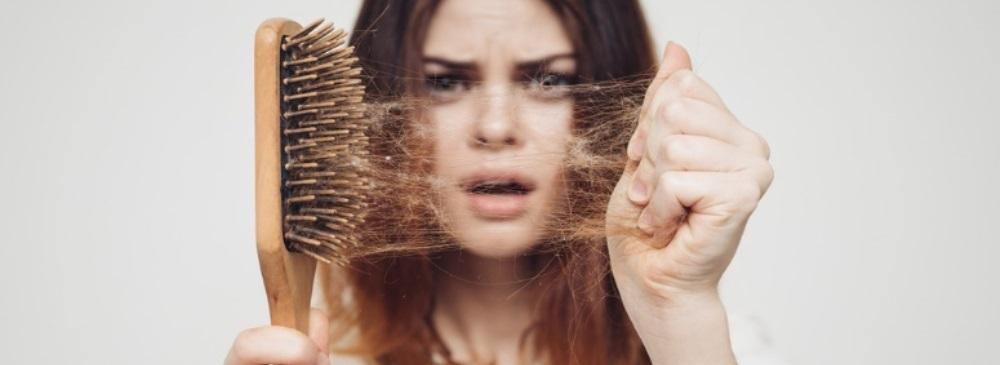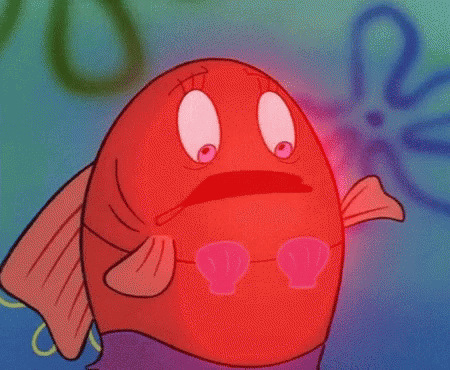
Hair Loss Types: Alopecia Areata Diagnosis and Treatment
Many things can cause hair loss. To provide you with the right treatment, it’s essential to know what’s causing your hair loss.
Dermatologists have expertise in diagnosing hair loss and counseling their patients on what may help them regrow their hair.
How do dermatologists diagnose alopecia areata?
Your dermatologist will examine the area(s) with hair loss carefully and look at your nails. Your dermatologist will also ask some questions. This may be enough to diagnose you.
Because there are so many reasons for hair loss, testing is sometimes necessary to make sure alopecia areata is the cause of your hair loss.
A blood test can look for other diseases caused by the immune system. Sometimes, other tests are necessary.
If you have alopecia areata, your dermatologist will talk with you about how the disease is affecting your life and whether treatment is recommended.
How do dermatologists treat alopecia areata?
If you just received your diagnosis and have had alopecia areata for less than a year, your dermatologist may recommend a wait-and-see approach. Your hair may regrow on its own, making treatment unnecessary.
When treatment becomes necessary, your dermatologist will consider many factors, including:
- Your age
- The amount of hair loss you have
- Where you have hair loss
It’s important to know that no one treatment works for everyone. To find one that helps, you may need to try a few types of treatment or different medications. Here’s what your dermatologist may recommend.
Children 10 years of age and younger
Alopecia areata often begins during childhood. If your child has difficulty coping with the hair loss, treatment can often help regrow hair.
Treatment options for children 10 years of age and younger are:
- Corticosteroid you apply to the bald spots: Prescription-strength corticosteroids can help regrow hair. You apply this medication once or twice a day. For children, this alone can be an effective treatment.
- Minoxidil: Also known by the brand name Rogaine®, minoxidil can help maintain the regrowth after you stop applying the corticosteroid. It has few side effects, so it’s considered a good option for children.
For children older than 10 years of age, treatment options are based on the amount of hair loss.
Patchy alopecia areata
If you are older than 10 years of age and have a few patches of alopecia areata, your dermatologist may recommend one or more of the following treatments:
- Injections of corticosteroids: To help your hair regrow, your dermatologist will inject this medication into the bald areas. These injections are usually given every 4 to 8 weeks as needed, so you will need to return to your dermatologist’s office for treatment.
- Minoxidil: Also known by the brand name Rogaine®, minoxidil can help you keep the hair growth stimulated by another treatment. You will need to apply it 2 to 3 times a day. It’s helpful for the scalp, beard area, and eyebrows.
- Corticosteroids you apply: You apply this medication to the bald spots once or twice a day as instructed by your dermatologist. This medication tends to be less effective in adults than in children for hair regrowth.
- Anthralin: You apply this medication to the bald spots, let it sit on the skin for as long as your dermatologist says, and then wash it off. It will cause some skin irritation. To get the best results, you’ll also use minoxidil.
Loss of eyelashes
Our eyelashes protect our eyes. If you lose some (or all) your eyelashes, your dermatologist may include one or more of the following in your treatment plan to help protect your eyes:
- False eyelashes
- Glasses: Wearing glasses helps to protect your eyes and make the hair loss less noticeable.
- Bimatoprost (or a similar medication): This is a prescription medication that’s approved to treat a type of glaucoma and high eye pressure. The U.S. Food and Drug Administration (FDA) has also approved it to help eyelashes grow longer.
Loss of eyebrows
If alopecia areata causes you to lose your eyebrows, your dermatologist may recommend one of the following:
- Stick-on eyebrows
- Semi-permanent tattoo
- Intralesional corticosteroids: A dermatologist can inject this medication to help the eyebrows start growing again. If the injections work, applying minoxidil (also known as Rogaine®) as directed may help you keep the regrowth.
Lots of (or rapid) hair loss
When alopecia areata causes widespread hair loss, complete loss of hair on the scalp (alopecia totalis), or loss of all hair (alopecia universalis), few people regrow their hair without help.
If you have this type of hair loss, your dermatologist may recommend:
- Contact immunotherapy: Also called topical immunotherapy, the goal of this treatment is to change your immune system so that it stops attacking your hair follicles. Dermatologists have:
- Used this treatment for more than 30 years to treat widespread alopecia areata
- Found that about 60% to 70% of patients have some hair regrowth
If this is an option, you will need to return to your dermatologist’s office weekly for treatment. It’s important that you keep every appointment. Missed appointments can cause this treatment to stop working, causing the regrown hair to fall out.
The treatment itself involves your dermatologist (or nurse) applying a chemical to your bald skin. The first time you receive this treatment, a small amount will be applied so that your body can start to develop a reaction to the chemical.
Once you develop a reaction, the chemical will be applied weekly to your bald areas and left on for 48 hours. During this time, you must keep the treated skin covered and should develop a rash, complete with redness, swelling, and itch. This rash lasts about 36 hours.
Contact immunotherapy is given weekly until you completely regrow your hair or the treatment fails to regrow any hair within 6 months.
To increase the effectiveness of this treatment, your dermatologist may prescribe another treatment that you use at home.
- Methotrexate: If you have extensive hair loss and other treatments have not worked, this medication may be an option. In looking at studies of patients who have taken methotrexate to treat alopecia areata, dermatologists have found the following :
- In a small study of patients who had complete loss of hair on their scalp or entire body, 57% had complete regrowth with methotrexate.
- If this medication works for you, you should see some regrowth in about 3 months after you begin taking it.
- If methotrexate fully regrows your hair, regrowth will take 6 to 12 months.
Your dermatologist may prescribe methotrexate alone or along with a medication called a corticosteroid. Taking methotrexate and a corticosteroid, such as prednisone, can improve results.
Methotrexate has possible side effects, some of which can be serious or life-threatening. Before starting methotrexate, talk with your dermatologist about possible side effects.
- Corticosteroid you take: Taking this medication for about 6 weeks can help regrow hair. In a study of 32 patients with widespread alopecia areata, many had some regrowth after taking prednisone (a type of corticosteroid) for 6 weeks.While this medication can help regrow hair, it cannot be taken for long. Serious side effects can develop. It’s also possible that when you stop taking this medication, your new hair will fall out.
- Medication (JAK inhibitors): The discovery that this type of medication can treat extensive hair loss in people who have alopecia areata is a major research breakthrough. The JAK inhibitors that have been studied include tofacitinib, ruxolitinib, and baricitinib.While these medications help some patients when nothing else works, the patient’s hair often falls out when the medication is stopped. For this reason, studies are looking at other possibilities, such as taking this medication for a longer time or making the medication into one that you can apply to bald skin.
- Wig, hairpiece, or scalp prosthesis: Your dermatologist may recommend this option for a few reasons. Treatment takes time, and a wig or hairpiece can cover up hair loss right way. This is important if hair loss has lowered your self-esteem or is causing you to feel anxious or depressed. Treatment also has possible side effects. To avoid these, some people prefer to cover up their hair loss. It’s also possible that treatment may not work.
- Shaving the head or beard: This can hide patchy or diffuse hair loss on the head or beard area.Your dermatologist may talk with you about a treatment not mentioned here. There are many treatments for alopecia areata, but no single treatment has been shown to work for everyone.
What is the outcome for someone who has alopecia areata?
Sometimes, hair regrows on its own without treatment. This happens more often when someone has a few patches of alopecia areata, which have been there for less than 1 year.
When hair fails to grow back, treatment can help.
Self-care also plays an important role in the lives of people who have alopecia areata.
Source: https://www.aad.org/public/diseases/hair-loss/types/alopecia/treatment









